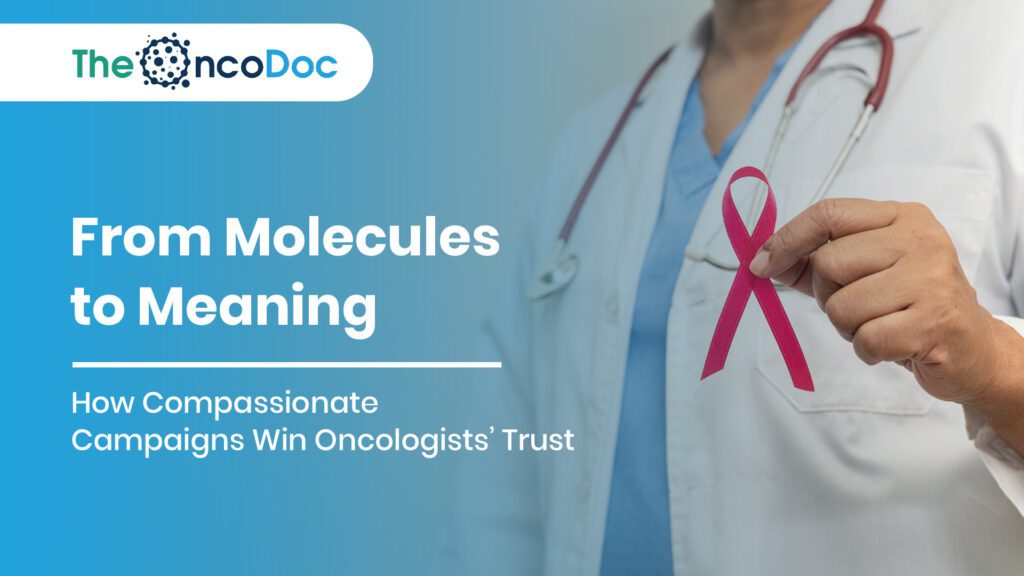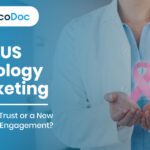Abstract
In the high-stakes world of US oncology, pharmaceutical marketing has traditionally focused on data, efficacy, and clinical endpoints. Yet, as the treatment landscape becomes more crowded and oncologists face increasing burnout, a new paradigm is emerging: compassionate marketing. This article argues that moving beyond a purely transactional, data-driven approach to one that fosters genuine empathy and trust is not just an ethical imperative but a strategic necessity. We will explore how compassionate campaigns, which prioritize patient-centric narratives, caregiver support, and the human side of cancer care, are uniquely positioned to resonate with and win the trust of oncologists.
Drawing parallels from successful campaigns and leveraging insights from digital marketing, we will analyze the key components of this approach, including: 1) The shift from product-centric to patient-centric messaging; 2) The pivotal role of real-world stories and survivorship; 3) The strategic integration of caregiver-focused support; 4) The utilization of AI to amplify emotional resonance without compromising scientific rigor; and 5) New metrics for measuring the impact of empathy. This analysis is designed to provide pharma managers with a practical roadmap for developing campaigns that not only educate but also connect on a deeply human level, thereby building enduring partnerships with the oncology community.
Introduction: A New Currency in Oncology
For decades, pharmaceutical marketing in oncology was a straightforward exchange: a product’s efficacy, safety, and mechanism of action were the primary drivers of engagement. Marketers focused on delivering a firehose of clinical data, assuming that the most scientifically robust drug would naturally gain favor. However, the modern oncology ecosystem in the US has changed dramatically. The advent of precision medicine, an explosion of new therapies, and the increasing burden on healthcare professionals (HCPs) have made information a commodity. Oncologists are now overwhelmed by data, and they seek more than just numbers; they seek partners who understand the lived reality of cancer.
The new currency in this landscape is trust. And the most powerful way to earn that trust is through compassionate campaigns. These are marketing initiatives that recognize cancer as a human, not just a biological, experience. They move beyond the molecule to the meaning it holds for patients and their families. For pharma managers, this represents a fundamental shift in strategy: from talking at oncologists about a drug’s benefits to connecting with them about their shared mission—to improve patients’ lives. This article will demonstrate why this shift is not only a moral choice but a strategic one that builds more resilient brand loyalty and, ultimately, contributes to better patient outcomes.
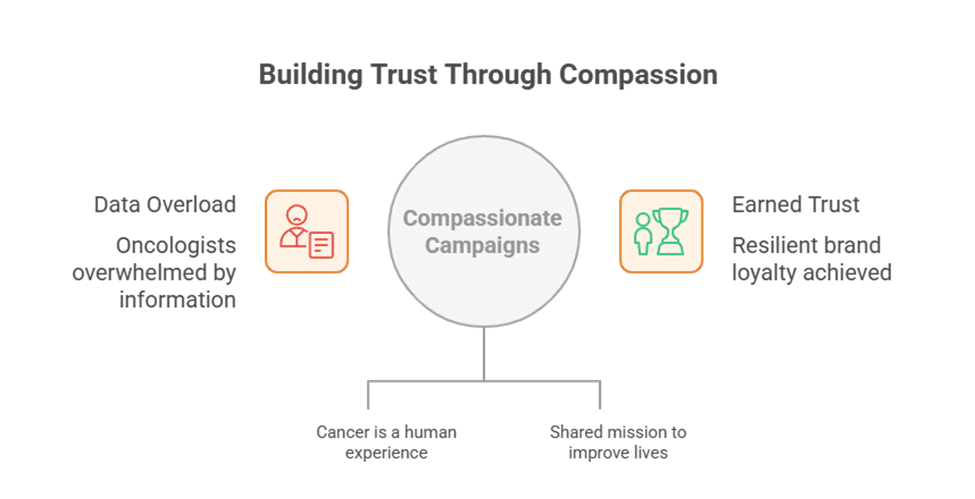
1. From Product to Patient: Reclaiming the Narrative
The traditional pharma campaign often leads with the drug’s name, followed by its mechanism of action and clinical trial data. The patient is a footnote, an abstract “n=1” in a larger dataset. A compassionate campaign flips this script. It begins with the patient’s story, their journey, and their fight, positioning the drug as a vital part of that narrative.
- The Power of Storytelling: Oncologists chose their profession to help people. They are inherently empathetic. A campaign that starts with a compelling patient story—a survivor returning to their hobbies, a parent seeing their child’s graduation, or a couple celebrating another anniversary—resonates on a profound, emotional level. This is not about being “soft” on science; it’s about contextualizing the science within a framework that aligns with an oncologist’s professional purpose.
- The Shift in Messaging: Instead of “Drug X showed a 25% improvement in PFS,” a compassionate message might be “Drug X gives patients more time with their families.” This simple rephrasing acknowledges that while PFS is the clinical metric, “more time” is the human outcome.
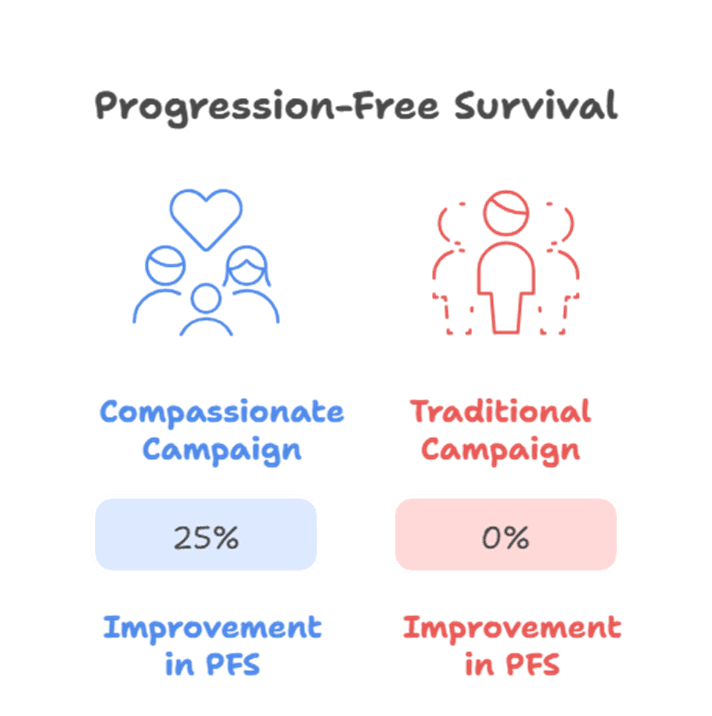
2. The Patient’s Journey as a Strategic Framework
A compassionate campaign doesn’t just feature a patient story; it is structured around the patient’s entire journey, from diagnosis to survivorship. This creates a multi-touchpoint strategy that provides value at every stage, not just at the point of prescribing.
- Diagnosis and Education: Campaigns can offer AI-powered resources for patients and caregivers to understand their diagnosis, treatment options, and clinical trial opportunities. This positions the brand as a knowledge partner from day one.
- Treatment and Support: During treatment, marketing can provide resources for managing side effects, nutrition guides, or mental health support links. This helps oncologists address common patient challenges, earning their gratitude and trust.
- Survivorship: The journey doesn’t end with treatment. Compassionate campaigns often include resources for long-term health, support groups, and stories of survivorship. This demonstrates a long-term commitment that goes beyond the sale of a drug.

3. The Forgotten Stakeholder: Caregivers
In oncology, the patient is never alone. Caregivers are a crucial, yet often overlooked, stakeholder. They are the ones managing appointments, providing emotional support, and often acting as a bridge between the patient and the medical team. A compassionate campaign strategically integrates caregiver support, demonstrating a holistic understanding of the cancer experience.
- Targeted Resources: This includes creating content specifically for caregivers, such as stress-management guides, financial planning resources, and practical tips for navigating the healthcare system.
- Empathy-Driven Messaging: Campaigns can use emotional AI to analyze online discussions and identify caregiver fatigue or anxiety signals. This allows marketers to deploy timely, empathetic messaging that provides reassurance and valuable resources, positioning the brand as a true ally. This level of emotional resonance is a powerful trust-builder.
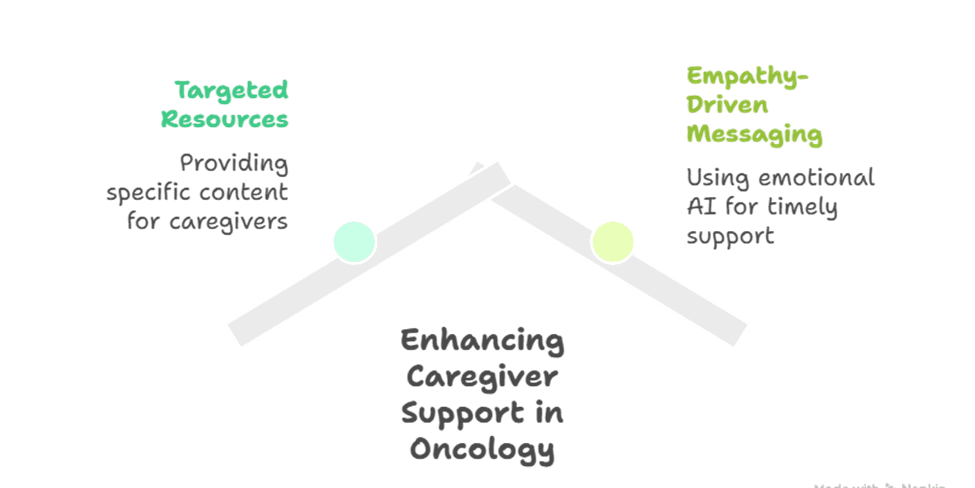
4. AI: The Amplifier of Empathy
In the past, the idea of AI and compassion seemed contradictory. However, modern AI tools are not just for data crunching; they are powerful amplifiers of human empathy.
- AI for Sentiment Analysis: AI-powered social listening tools can analyze vast amounts of data from patient forums, social media, and online communities to understand the emotional landscape of cancer. Is there widespread anxiety about a new side effect? Is there a groundswell of hope around a new trial? This real-time emotional intelligence allows marketers to tailor their tone and messaging to be more compassionate and relevant.
- Predictive Personalization: AI can go beyond generic segments to create “segment of one” personalization. By analyzing an oncologist’s digital footprint and professional interests, AI can recommend the most relevant patient story or educational resource for them. For example, an AI might learn that a specific oncologist in a rural practice is interested in a rare subtype of cancer; it can then serve them a patient story about a survivor with that exact condition. This feels less like a marketing blast and more like a helpful recommendation from a trusted partner.
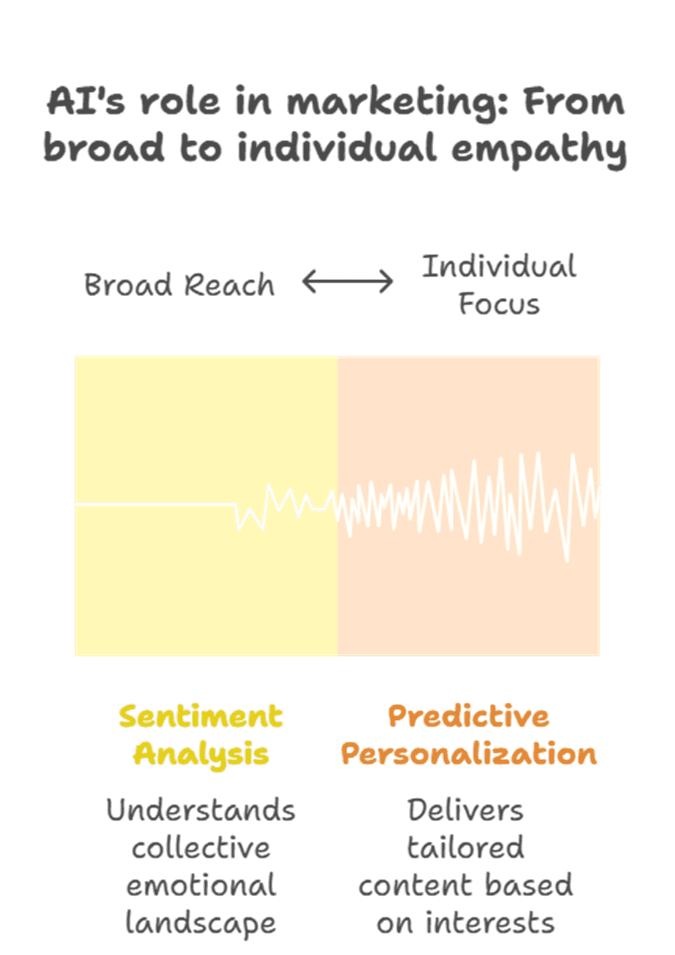
5. New Metrics for a New Era
The success of a compassionate campaign cannot be measured solely by traditional metrics like prescription lift or impressions. While these are still important, they don’t capture the full picture of trust-building. Pharma managers must embrace new, holistic KPIs.
- Qualitative Metrics: This includes measuring brand sentiment, physician perception surveys, and the emotional tone of online conversations. Is the brand perceived as a caring partner or a faceless corporation?
- Engagement Quality: Move beyond clicks and opens to track “deep engagement” metrics, such as time spent on educational videos, downloads of patient support materials, or sharing of resources with colleagues. These actions are strong indicators of trust and value.
- Patient Outcome Metrics: The ultimate measure of success is impact on patient lives. This could include tracking patient-reported outcomes (PROs), patient adherence rates, or the number of patients directed to a patient support program.
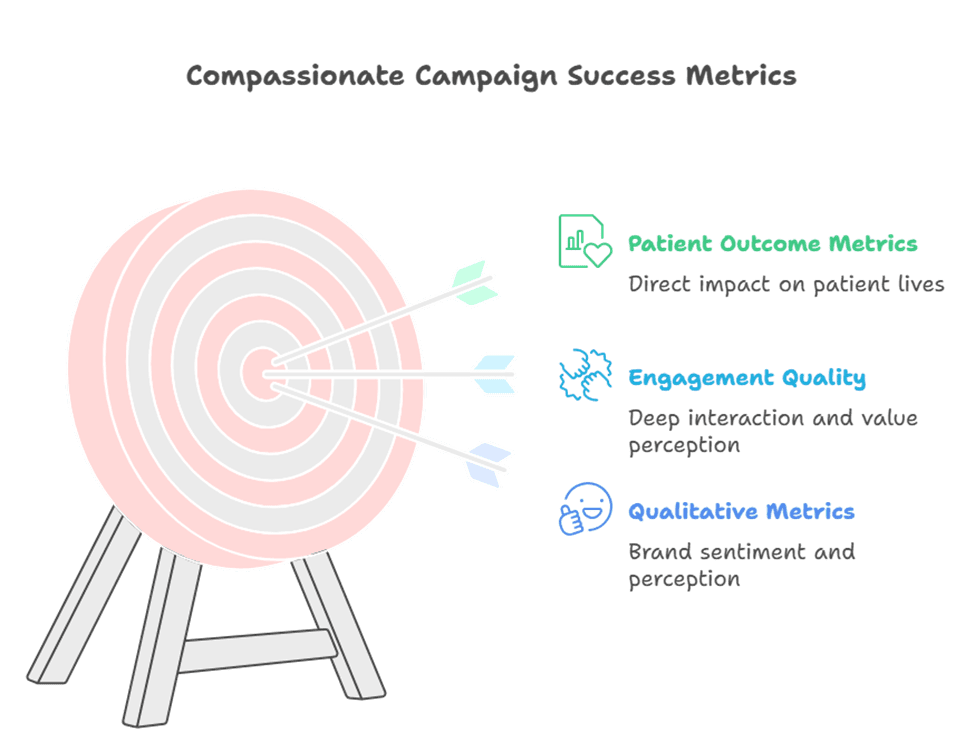
Conclusion: A Strategic Shift to Win Hearts and Minds
In the US oncology market, winning an oncologist’s trust is no longer about simply having the best molecule. It is about demonstrating an authentic commitment to the well-being of the entire cancer community. Compassionate campaigns provide a strategic roadmap for achieving this. By shifting the focus from product to patient, leveraging the human power of storytelling, embracing caregivers, and utilizing AI as a tool for empathy, pharma marketers can build a deeper, more resilient relationship with oncologists.
This is not a fleeting trend but a fundamental evolution of the industry. The campaigns that will define the next decade of oncology marketing will be those that are not just scientifically sound but emotionally resonant. For pharma managers, the path forward is clear: it’s time to move from simply selling molecules to building a brand that truly stands for something meaningful in the fight against cancer. By winning hearts and minds, we can win trust, and in oncology, that’s the most valuable metric of all.
The Oncodoc team is a group of passionate healthcare and marketing professionals dedicated to delivering accurate, engaging, and impactful content. With expertise across medical research, digital strategy, and clinical communication, the team focuses on empowering healthcare professionals and patients alike. Through evidence-based insights and innovative storytelling, Hidoc aims to bridge the gap between medicine and digital engagement, promoting wellness and informed decision-making.

